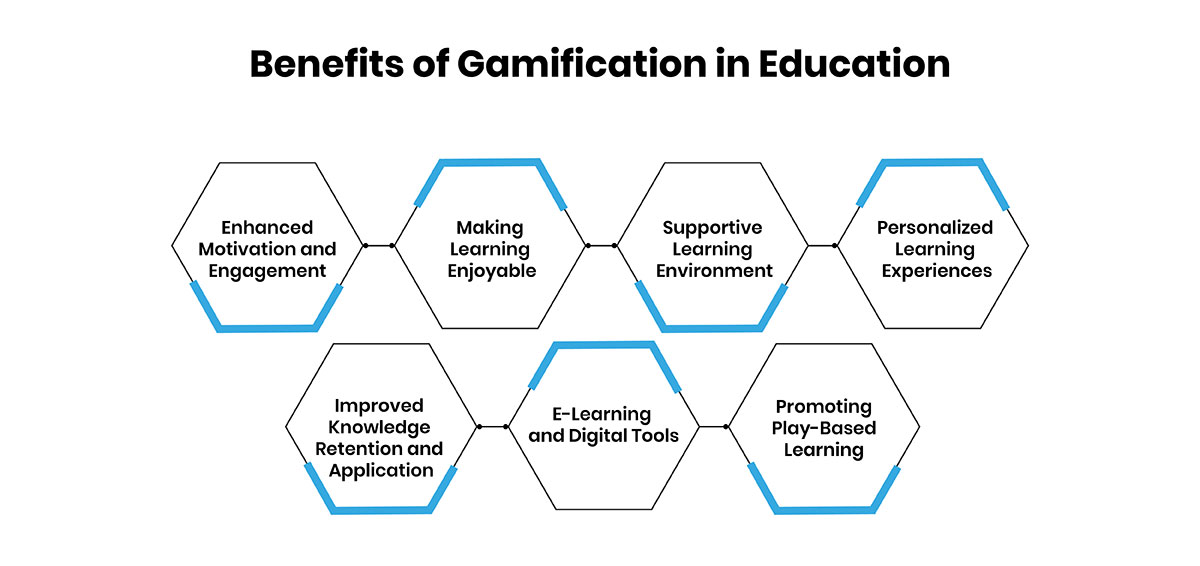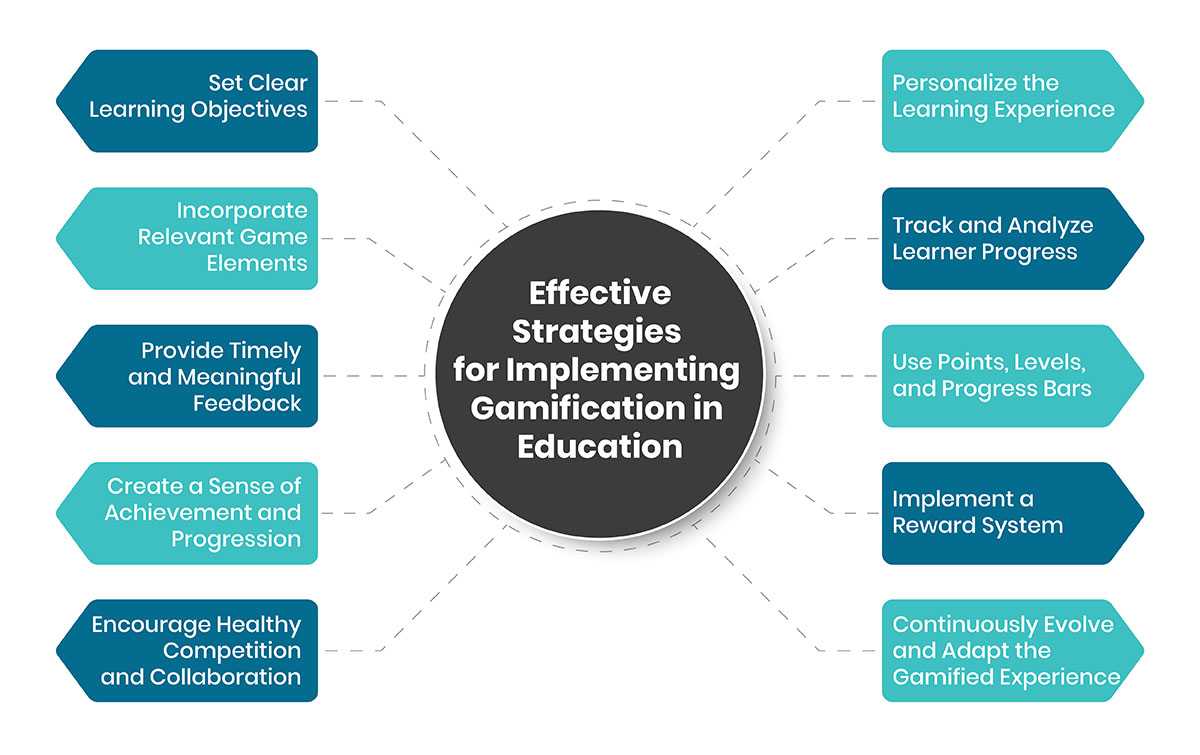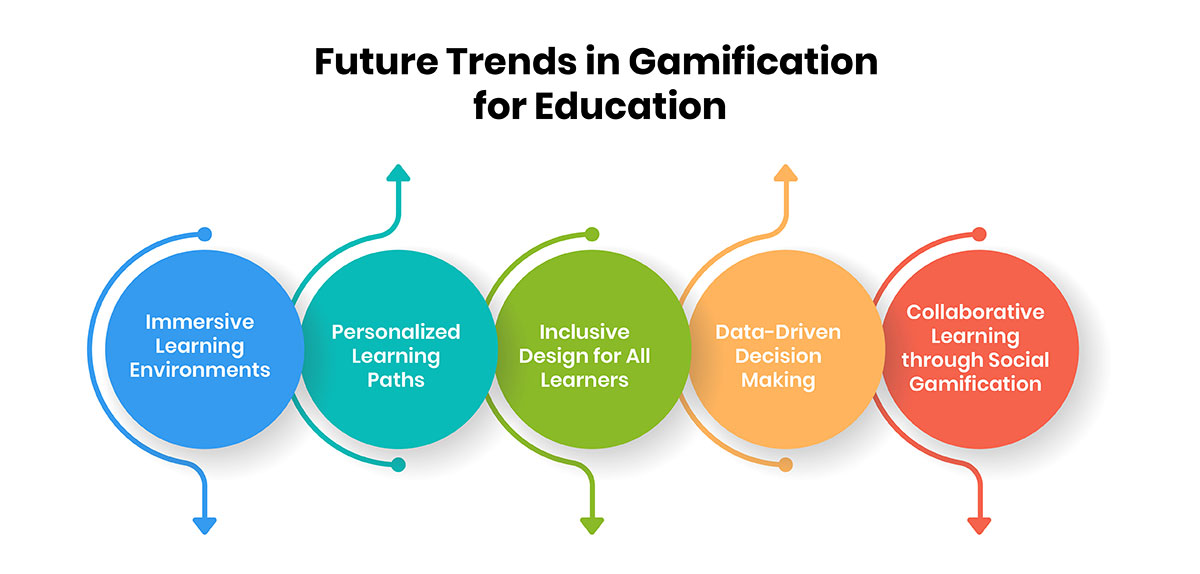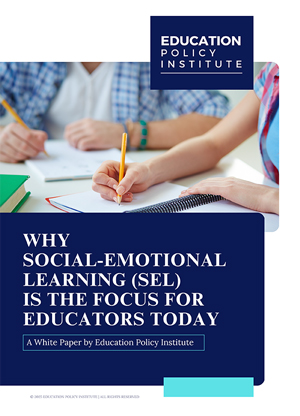In today’s rapidly evolving digital world, education demands innovative approaches to captivate learners and create meaningful engagement. One emerging method that is reshaping traditional learning environments is gamification. By incorporating game-like elements into educational processes, gamification transforms ordinary classrooms into vibrant spaces that encourage curiosity, collaboration, and growth. This approach not only makes learning enjoyable but also enhances focus and immersion, creating an impactful experience for students, employees, and lifelong learners alike. With the potential to boost motivation, teamwork, and academic performance, gamification is gaining widespread recognition as a valuable tool in education.
When implemented thoughtfully, gamification fosters active participation and promotes better retention of knowledge. It has been linked to improved test scores, heightened group collaboration, and a deeper sense of achievement among learners. Teachers and mentors are increasingly embracing this dynamic strategy to design engaging and productive educational experiences.
What is Gamification in Education?
Gamification in education refers to the application of game design elements, principles, and techniques in learning environments to boost engagement, motivation, and participation among students. By integrating features like points, leaderboards, badges, and levels, gamification transforms traditional educational activities into interactive and rewarding experiences. This approach taps into the intrinsic motivation of learners, making the learning process enjoyable and meaningful. In education, gamification encourages intrinsic motivation, building a genuine interest in learning rather than relying solely on external rewards.
Gamification develops an immersive environment where students are encouraged to actively participate in tasks, collaborate with peers, and strive for achievements. It helps simplify complex concepts, improve knowledge retention, and build essential skills such as problem-solving and critical thinking. By blending education with the excitement of gameplay, gamification creates a dynamic framework for effective and stimulating learning experiences.
Benefits of Gamification in Education
Gamification in education uses game-like elements to make learning more engaging and enjoyable. By motivating students through rewards and challenges, it transforms traditional learning into a fun and interactive experience. Let’s see few core benefits:

-
Enhanced Motivation and Engagement
Gamification boosts student participation by introducing features like rewards, leaderboards, and progress tracking. These elements motivate learners to achieve small goals, foster healthy competition, and promote collaboration, all of which lead to better outcomes. -
Making Learning Enjoyable
Gamification turns traditional learning into an enjoyable activity by incorporating fun elements like earning badges and advancing through levels. It makes learning more rewarding, particularly for younger students who enjoy gaming outside the classroom. -
Supportive Learning Environment
Gamified learning encourages a growth mindset by focusing on progress rather than fixed outcomes. Students are more likely to persevere after setbacks, as failure is viewed as a chance for improvement, cultivating resilience and self-directed learning. -
Personalized Learning Experiences
Gamification allows educators to customize learning according to individual student needs. Content can adapt to different skill levels, while personalized challenges and feedback enhance learning and cater to diverse styles. -
Improved Knowledge Retention and Application
Gamification strengthens knowledge retention by using practical scenarios and simulations. Features like quizzes and immediate feedback help students identify knowledge gaps and apply their learning to real-world situations. -
E-Learning and Digital Tools
Gamification is especially effective in online education, where digital tools can enhance engagement. Elements like progress indicators, multiplayer challenges, and leaderboards make e-learning more dynamic, particularly in the post-pandemic era. -
Promoting Play-Based Learning
Gamification fosters creativity and problem-solving skills through play-based learning. Students are encouraged to explore and experiment, making lessons interactive and fostering a deeper connection with the material.
Disadvantages and Challenges of Gamification in Education
Gamification has become an increasingly popular tool in education, transforming traditional learning methods with engaging, game-like features. However, despite its advantages, it also presents several challenges that educators must address to ensure its effectiveness and inclusivity.
-
1. Technological Dependence
Gamification relies on digital platforms, which can be a barrier for students without access to technology. Those without reliable internet or devices may be excluded, leading to a digital divide. -
2. Impact on Attention Span
The instant gratification provided by gamification can lead to shorter attention spans. Students may struggle with traditional learning methods that require sustained focus, as they become accustomed to fast-paced, reward-driven environments. -
3. Maintaining Long-Term Engagement
While gamification can increase motivation initially, keeping students engaged over time can be difficult. Educators must regularly update content and challenges to maintain interest and prevent stagnation. -
4. Balancing Fun and Educational Value
Striking the right balance between entertainment and education can be challenging. If the gamified elements prioritize fun too much, they may distract from the learning objectives, while too much focus on education may reduce engagement. -
5. Complexity in Design
Designing an effective gamified experience requires careful planning to ensure the game mechanics align with learning outcomes. Poorly designed games or those that don’t suit all learners can cause confusion or disengagement. -
6. Issues of Accessibility, Equity, and Inclusivity
Gamification systems must be inclusive and accessible to all students, including those with disabilities. Failure to address these concerns may lead to educational inequities, preventing some students from fully benefiting from the gamified experience.
Effective Strategies for Implementing Gamification in Education
Gamification in education is increasingly being utilized to enhance student engagement and improve learning outcomes by incorporating elements of game dynamics. However, successfully integrating gamification requires thoughtful strategies to ensure that the approach is effective and aligns with educational goals. Below are key strategies for implementing gamification in learning environments.

-
Set Clear Learning Objectives
Start by defining measurable learning outcomes that align with gamification elements. Clear objectives help ensure that the gamified experience stays focused on achieving educational goals, whether gaining knowledge or developing skills. -
Incorporate Relevant Game Elements
Select game elements, such as points, badges, and leaderboards, that enhance motivation and engagement. These features should be tailored to the subject and learner preferences to make lessons more exciting and provide visible progress. -
Provide Timely and Meaningful Feedback
Offer immediate, constructive feedback to help students understand their progress. Visual cues like progress bars and narrative feedback ensure students stay informed and motivated throughout the learning process. -
Create a Sense of Achievement and Progression
Design gamified experiences with levels or stages that increase in difficulty. Gradual progression motivates students by giving them a sense of accomplishment as they move toward higher levels, enhancing their drive to continue learning. -
Encourage Healthy Competition and Collaboration
Incorporate both competition and collaboration to increase engagement. Leaderboards motivate individual performance, while team challenges foster collaboration, ensuring that students who thrive in both environments are equally engaged. -
Personalize the Learning Experience
Allow students to customize their learning paths, avatars, and profiles. This autonomy boosts motivation and ensures that learners progress at their own pace, making the experience more engaging for diverse skill levels. -
Track and Analyze Learner Progress
Use data analytics to monitor engagement, completion rates, and areas for improvement. Tracking student progress helps educators tailor the gamified experience and provide necessary support to help students reach their learning goals. -
Use Points, Levels, and Progress Bars
Points and levels visually track progress, motivating students as they "level up." Progress bars provide a clear view of how close students are to completing tasks, offering an alternative, motivating way to assess performance. -
Implement a Reward System
Introduce rewards like badges and virtual rewards to encourage students to engage with the content and complete tasks. Tying rewards to meaningful achievements boosts motivation and keeps students invested in their learning. -
Continuously Evolve and Adapt the Gamified Experience
Regularly update challenges and goals to maintain student interest. Introducing new content as students reach higher levels keeps the learning process fresh and engaging, ensuring continued motivation and excitement.
Future Trends in Gamification for Education
The future of gamification in education is driven by advances in technology and the push towards more personalized, immersive learning experiences. Here are the key trends shaping this evolution:

-
Immersive Learning Environments
Technologies like Virtual Reality (VR) and Augmented Reality (AR) are transforming education by offering immersive experiences that make learning more engaging. These tools allow students to interact with content in new ways, such as virtually visiting historical sites or conducting science experiments, enhancing retention and understanding. -
Personalized Learning Paths
Gamification is increasingly integrated with adaptive learning technologies that tailor educational content to each learner's pace. Data-driven AI enables educators to adjust challenges and provide real-time feedback based on a student's progress, ensuring a more customized and engaging learning journey. -
Inclusive Design for All Learners
Future gamified education systems must cater to students with diverse needs, ensuring that learning experiences are accessible to everyone. Games will be designed with multiple pathways and adjustable difficulty levels, allowing learners with disabilities to participate fully in the educational process. -
Data-Driven Decision Making
The use of data analytics in gamification allows educators to track engagement and performance in real time. This data enables targeted interventions, ensuring that students are neither left behind nor overwhelmed, and helps refine learning experiences based on individual needs. -
Collaborative Learning through Social Gamification
Social gamification, which includes group challenges and multiplayer elements, will be a key feature of future gamified education. This trend encourages teamwork and peer interaction, promoting skills such as communication and collaboration, and enhancing student engagement through shared experiences.
Conclusion
The integration of gamification in education represents a shift toward more interactive and student-centered learning. As educational landscapes continue to evolve, this approach is likely to become an integral part of both traditional and digital classrooms. The success of gamification will depend on how well it can adapt to emerging technologies and address the diverse needs of learners, ensuring that it remains relevant and impactful for generations to come. The future of education is dynamic, and gamification plays a key role in making that future more engaging, personalized, and effective for all involved.





